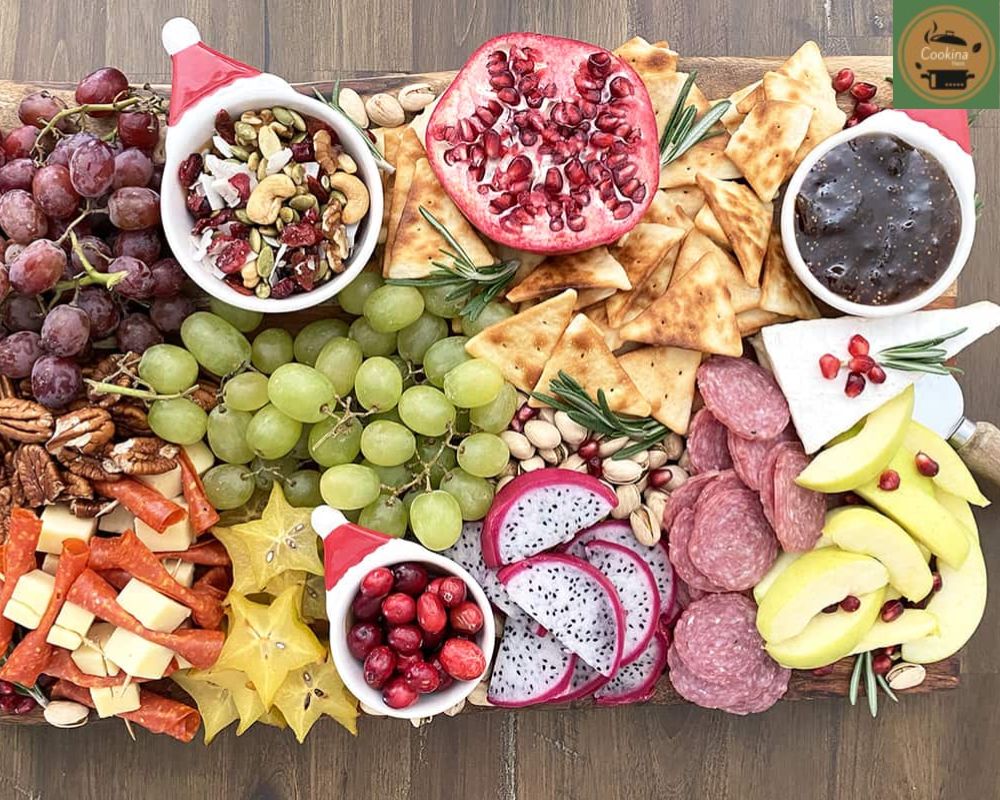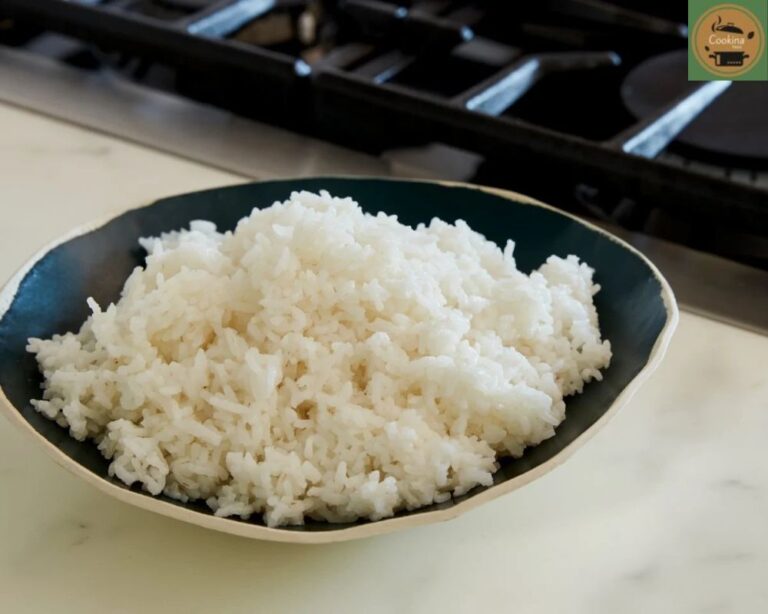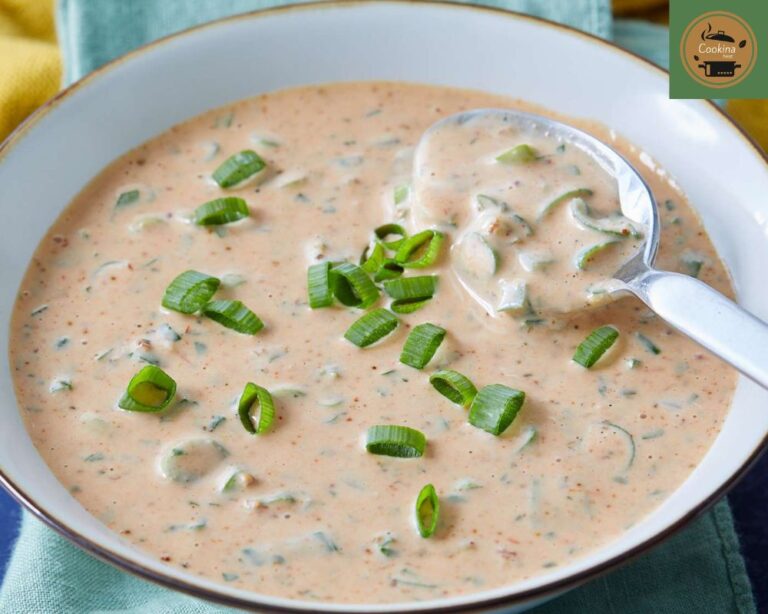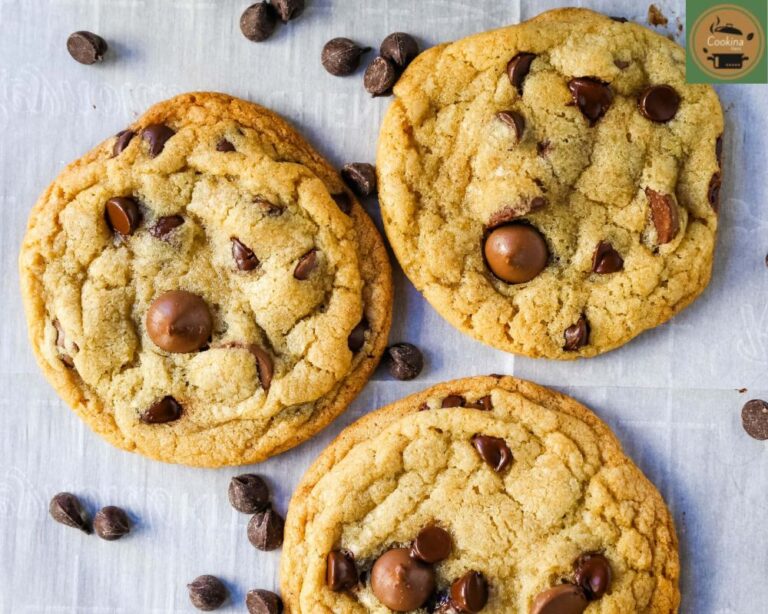Charcuterie Board Recipe, Build a Stunning Spread
A beautifully composed piece of charcuterie on every platter is not merely a collection of meats and cheese, it’s a piece of edible art, which converts typical gatherings into special events. As a host, there is nothing quite as lovely as watching friends drawn to your carefully crafted presentation, discovering new combinations of flavors and bonding over mutual bites. The key to charcuterie is its perfect combination of simplicity and refinement. Though so visually beautiful, they do not have to be cooked and can be suited to any occasion, price range, or diet. They lend themselves to easy grazing instead of formal eating, with an unstuffy atmosphere where talk is as unstructured as the wine.
Here in this article, we present you with a complete Charcuterie Board Recipe that will impress your guests and leave them wanting more. From selecting excellent ingredients to being an expert in plating, discover how you can transform simple ingredients into an Instagram-worthy showstopper that will taste as amazing as it appears.
Charcuterie Board Ingredients: Building Blocks of Flavor and Beauty
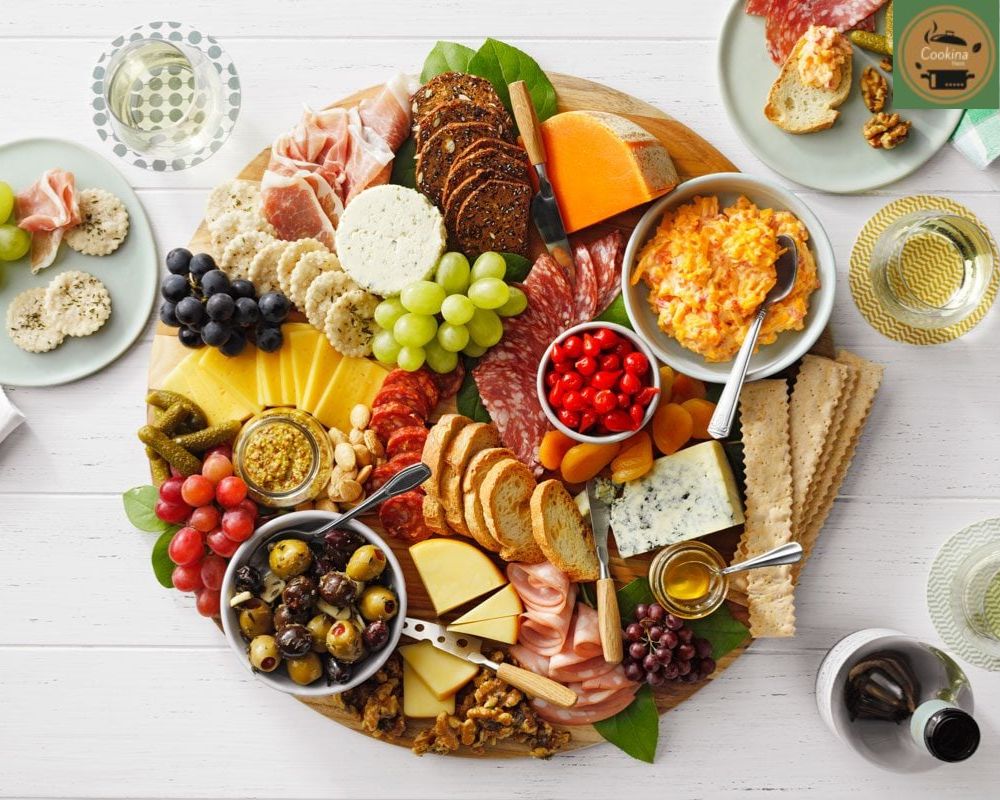
The Foundation: Meats and Charcuterie
At the heart of any charcuterie plate are the cured meats. Begin with prosciutto, thinly sliced into wispy strands and folded in billowy, seductive curves that invite guests to clip off each glassy slice. Add salamis like fennel-spiced finocchiona or wine-marinated soppressata, cut into coin-shaped pieces to expose their marbled core. Spicy pungency is delivered by smoked Spanish chorizo, and pistachio-speckled mortadella adds creamy richness. Think balance in flavor profiles and texture something extremely spicy with something less spicy, something sliced thin with something thicker. On a board that truly stands out, look for artisanal pieces from local producers with traditional curing techniques passed down through generations.
The Counterpoint: Cheese Selection
A well-chosen cheese course provides complete harmony with your meats. Have some representative of the various milk types and textures: a caramel-colored, crumbly aged cheddar, a spreadable triple-cream brie at room temperature, a crystal-edged aged gouda with its deep butterscotch, and a bold blue cheese that gets noticed. Remember to serve cheeses at room temperature—remove them from the refrigerator at least 30 minutes before serving so that they can let out their full flavor profiles. When arranging, place stronger cheeses behind weaker ones so as not to impart flavors, and have a knife to each type so that each stays in its own personality.
Bright Accents: Fresh and Dried Fruits
Fruits provide essential bright notes that cut through the richness of meats and cheeses. Fresh seasonal options like sliced pears, apple wedges, plump berries, and juicy grapes offer refreshing sweetness and visual appeal. Dried fruits like apricots, figs, and cherries contribute concentrated flavor and chewy texture while adding jewel-toned colors to your arrangement. For an elevated touch, consider quick-pickling thinly sliced stone fruits or poaching pears in wine and spices. These fruit elements not only cleanse the palate between bites but also create fascinating sweet-savory combinations when paired with specific cheeses and meats.
Crunchy Elements: Nuts and Crackers
Fruit provides a crunchy flavor that will cut through the richness of cheese and meat. Apple wedges, pear pieces, bursting juicy berries, and clusters of grapes provide sweetness and sensual appeal. Chewy texture and bold flavor and jewel colors are provided by fruits like figs, apricots, and cherries. For providing an elegant appearance, use quick-pickling thinly sliced stone fruits or poach pears in spiced wine. These fruit components are not only cleansing the palate for specific bite, but they encourage interesting and intriguing combinations of sweet and savory with certain meats and cheeses.
Briny Balance: Pickles and Olives
Pungent, sour pieces cut through richness in stars on your board. Mix several different olives, salted Castelvetranos, fruity Kalamatas, and hot Cerignolas and home-pickled vegetables like cornichons, jewel-toned florets of cauliflower, or fresh green beans. These pickled items add palate-refreshing zest among richer-flavored bites and splashy hits of color along your display. For some extra zing, try quick-pickling red onions with star anise, prepping garlic-shallot mushrooms to marinate ahead, or serving lupini beans with lemon zest and olive oil.
Sweet Endings: Spreads and Honeycombs
Stock your board with creamy spreads that bridge flavor gaps between foods. A sticky honeycomb provides interesting sweetness, where visitors can drizzle golden nectar over stinky cheeses. Fig jam offers deep fruitiness that’s beautiful with stinky blues, and a bacon marmalade or onion confit offers umami depth with less stinky cheeses. For surprise complexity, include a small plate of excellent dark chocolate, whose bitter flavors provide an interesting counterpoint to old cheese and salted cured meat. The spreads act as the glue of your board, allowing guests to make combinations bounded only by imagination.
Charcuterie Board Recipe: A Symphony of Flavors and Textures

Assembling the perfect charcuterie board is not really an issue of measurement down to the inch and more an issue of assembling compatible components to create a cohesive whole. Assemble on a wooden board, a slate plate, or a marble slab—something that will give the ingredients enough surface area to “breathe” without becoming claustrophobic.
Two hours before guests’ arrival, take cheeses out of the refrigerator to allow them to warm up to optimal serving temperature when you are preparing the remaining ingredients. Start by placing small bowls of olives, honey bowls, and jams in strategic locations on and around the board to use as anchor points that will help define your design. Stack your cured meats on top curling prosciutto into small roses, layering slices of salami in ascending tiers, piling loose stacks of speck and coppa to add depth.
Arrange your types of cheese in individual quadrants, cutting some up so that they can be easily served and leaving others intact with serving knives within easy reach. Complete the gaps between these bases with descending clusters of grapes, cut seasonal fruits, and strategically positioned dried fruits and nuts.
Tuck breadsticks, crackers, and baguette slices in at the sides, reserving some in a second basket in case space is a problem. And as a finishing touch, fill gaps here and there with small sprigs of herbs like rosemary and thyme, introducing both scented beauty and eye-freshening visual interest. The final result will be luxurious but nicely trimmed one grand invitation to find pairings of tastes that change throughout your celebration as guests discover their own favorite bites.
Read More: Creamy Greek Yogurt Mashed Potatoes: The Ultimate Comfort Food
Conclusion
This stunning Charcuterie Board Recipes are more than an appetizer, but art that radiates conversation, celebrates flavor, and brings people together. With unlimited options, you can create your board to suit any party, season, or fancy. For a holiday party, a night home by yourself, or a late-night snack by yourself, the trick is to create texture, color, and flavor and be creative. Be open to doing something different or go shopping locally to make it special.
The best charcuterie boards are not perfect; they are about spreading happiness and making the moment. So use your favorite cheeses, cured meats, and accoutrements and let your inner artist shine. Take a photo after creating your masterpiece and share it with your community your inspiration could be someone else’s next foodie trip.
FAQs
How to cut cheese for charcuterie board?
To cut cheese for a charcuterie board, vary the shapes to add visual interest and make serving easy. Slice hard cheeses like cheddar or manchego into thin strips or cubes, and soft cheeses like brie into small wedges or leave whole with a knife. Crumbly cheeses such as blue or goat cheese can be broken into chunks or dolloped for a rustic touch.
How to arrange a charcuterie board?
Start by placing larger items like cheese wedges and small bowls of dips or olives evenly around the board. Add meats next, folding or fanning slices for texture, then fill in gaps with fruits, nuts, crackers, and fresh herbs. Balance colors and textures throughout for an inviting, cohesive look.
How to make Fruit charcuterie board?
Choose a variety of fresh fruits with different colors, textures, and flavors—like berries, grapes, melons, kiwi, and citrus slices. Arrange them in sections or flowing patterns, adding small bowls of yogurt, honey, or chocolate dip. Fill gaps with dried fruits, nuts, or mint leaves for extra flavor and visual appeal.

